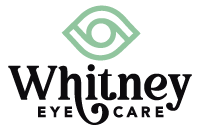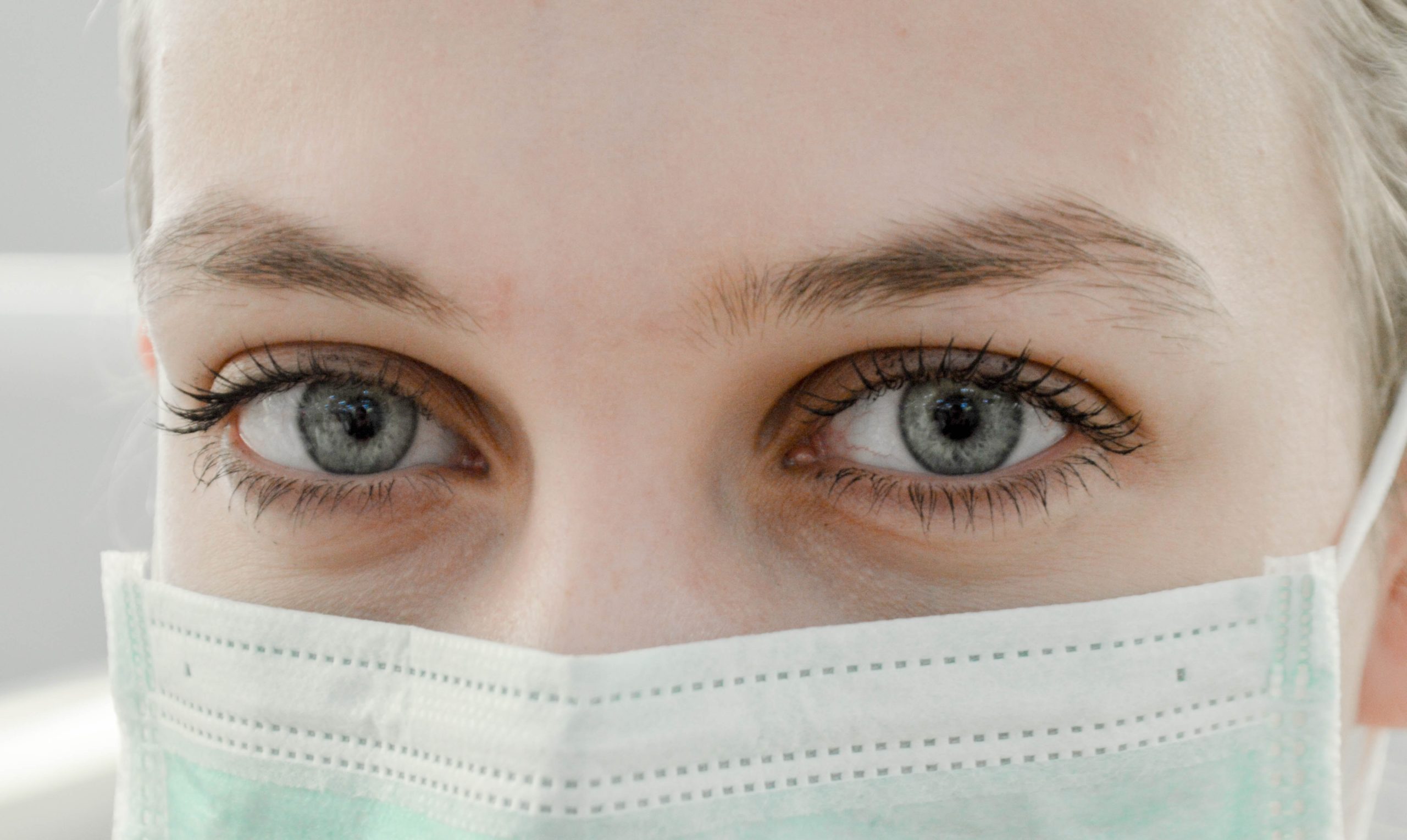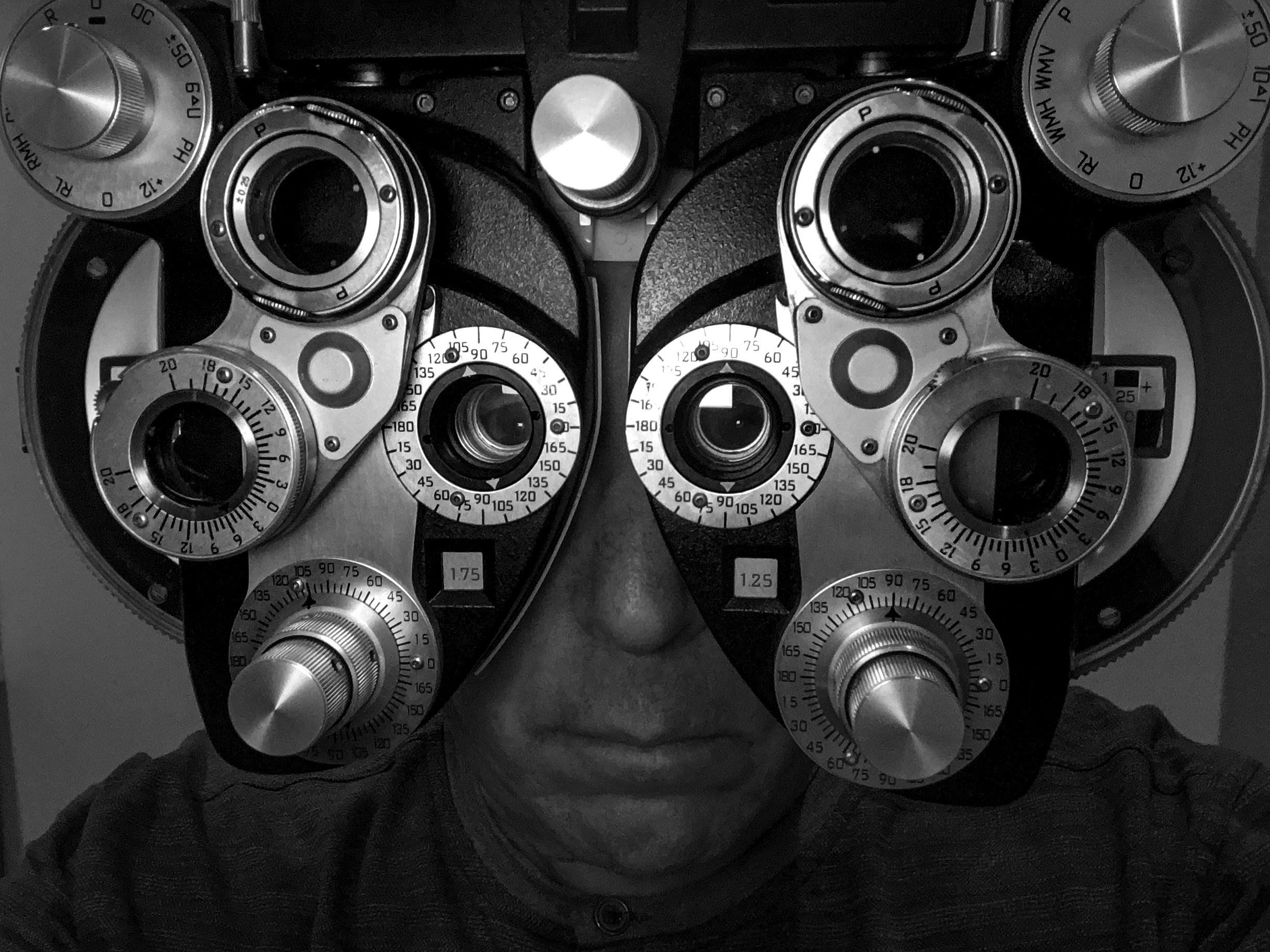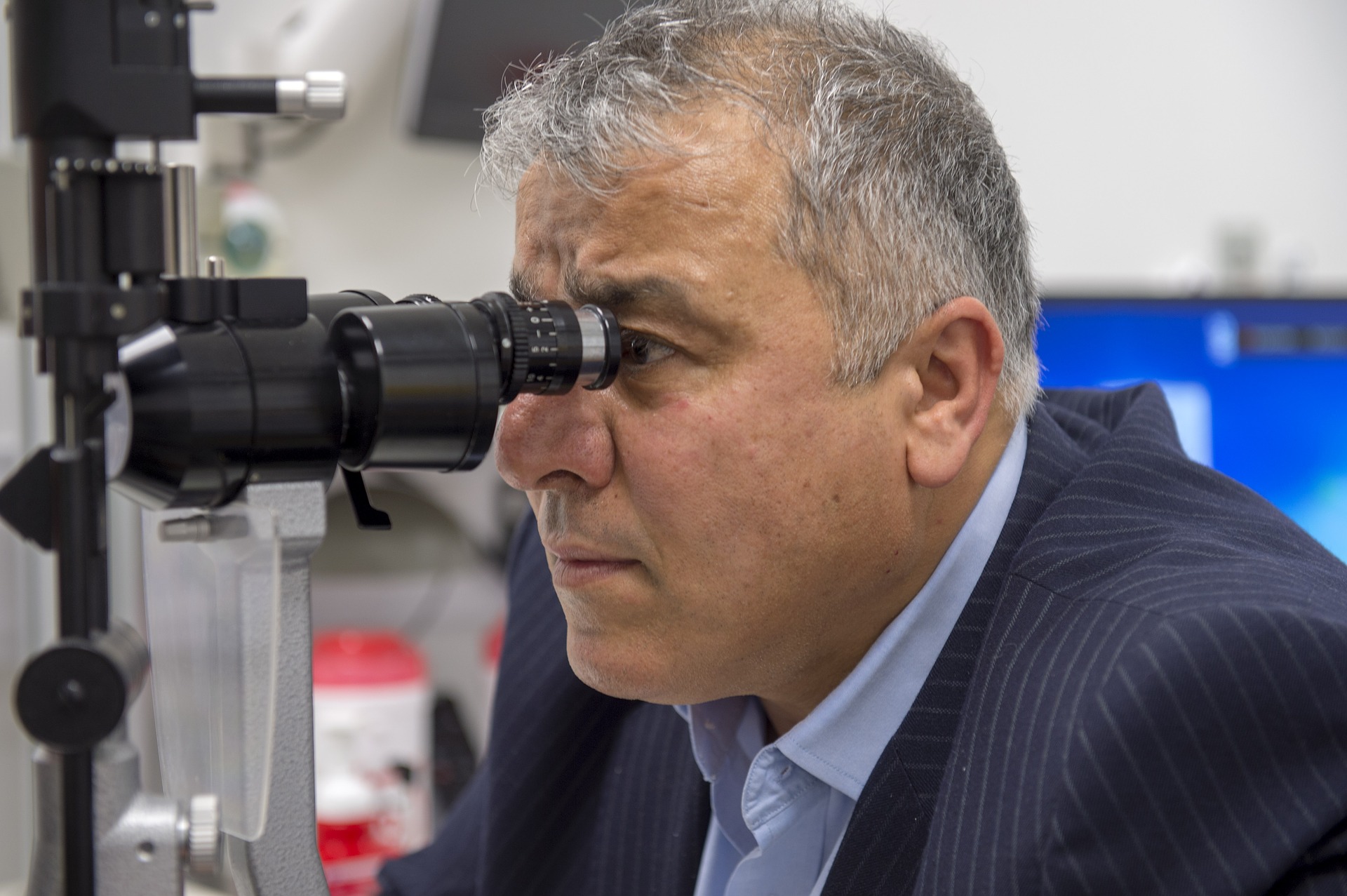What a Comprehensive Eye Exam Entails
The majority of people feel that if they have good vision, they do not need the services of an eye doctor. The importance of healthy eyesight cannot be overstated; yet, an eye exam more than just evaluates your vision. In fact, your eyes may serve as windows into your general health by allowing you to see through them. In reality, many illnesses, including cardiovascular disease and diabetes, manifest themselves in the eyes as early warning symptoms. In this way, a complete eye checkup may be beneficial at any age:
A full eye exam, which can only be performed by an ophthalmologist or optometrist, examines both the health of your eyes and the quality of your vision. Your doctor will look for the following things:
- Nearsightedness, farsightedness, and astigmatism are all types of refractive error.
- Presbyopia, among other things, is an issue with concentration.
- Some people might suffer from binocular vision or other issues related to their eyesight.
- Glaucoma and diabetic retinopathy are two examples of eye ailments.
- An eye exam can also prove helpful in diagnosing severe conditions, including high cholesterol or hypertension.
A full eye exam will involve the following tests, though your doctor might make certain changes based on your medical history.
- Visual Acuity is used to determine the sharpness of your vision, and is often measured using the “Big E” or Snellen chart.
- Visual field testing is used to detect whether or not you have blind spots or peripheral vision abnormalities in your vision.
- Cover Test, which may be used to detect strabismus or issues with binocular vision.
- To get a rough estimate of your eyeglass prescription, use retinoscopy, an autorefractor, or an aberrometer.
- Refraction, which is used to fine-tune the final eyeglass prescription with the use of a phoropter.
- In order to diagnose common eye illnesses and disorders, a Slit Lamp examination is performed. The tool enables your doctor to study the anatomy of your eye in order to determine the health of your eye.
- The pressure inside your eye is measured by a glaucoma test, which is known as tonometry.
- Ophthalmoscopy, which involves dilation of the pupil and examination of the optic nerve, retina, and blood vessels, is performed.
Testing in Addition to What is Required
A more in-depth evaluation, based on results from prior testing, may be required to confirm or exclude potential concerns, to explain ambiguous findings, or to offer a more complete picture of a situation.
In order to arrive at a diagnosis and design a treatment plan, the doctor will review and evaluate the findings of the tests performed during the examination. He or she will discuss with you the nature of any visual or eye health concerns that have been discovered, as well as the treatment choices that are available. The referral of the patient for consultation with or treatment by another doctor of optometry or health care professional may be necessary in specific instances. You should never be afraid to ask your doctor for further information and explanations regarding any identified eye or vision disorders, as well as treatment suggestions, if you have any concerns.
Conclusion
Dr. Brian Whitney is one of the top-rated optometrists operating directly from the institute Whitney Eye Care. He has helped dozens of patients with various eye health conditions, diseases, and issues. Whether your eyes are watering or you’re experiencing a digital strain that’s weakening your eyesight, you will find Dr. Whitney at your service in Whitney Eye Care.
You can consult Dr. Whitney for your eye health concern and discuss viable treatment options. He provides an extensive level of services ranging from diagnosis to assessing underlying existing eye health issues. Call (435)586-9949 to schedule an appointment with Dr. Whitney today!




